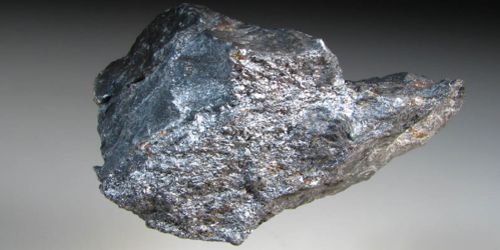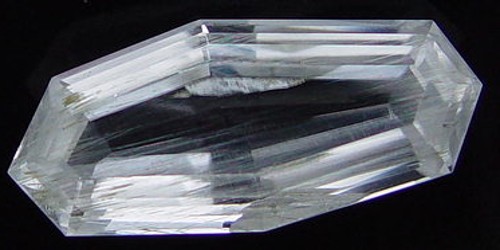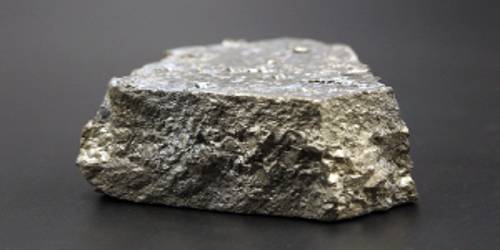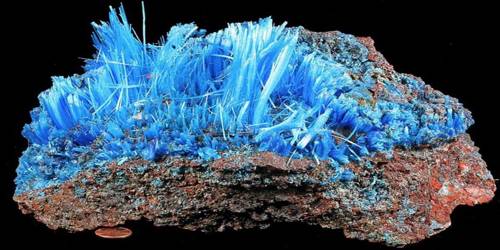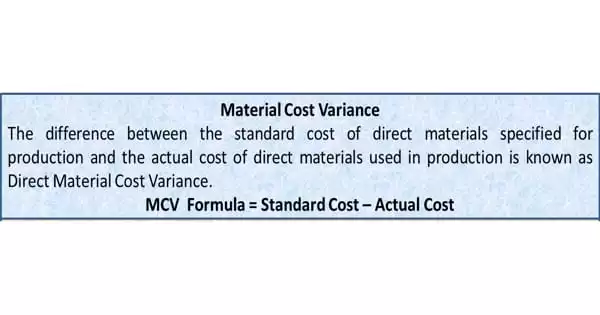Cornwallite is an uncommon copper arsenate mineral with formula Cu5(AsO4)2(OH)4. It is a mineral consisting of a basic copper arsenate resembling malachite.
It was first described in 1846, for an occurrence in Wheal Gorland, St Day United Mines of the St Day District, Cornwall, England. The type locality of the mineral is its namesake, at Wheal Gorland of the St. Day United Mines in Cornwall, England.
General Information
- Category: Arsenate mineral
- Formula: Cu5(AsO4)2(OH)4
- Crystal system: Monoclinic
- Crystal class: Prismatic (2/m) (same H-M symbol)

Properties
It forms a series with the phosphate pseudomalachite and is a dimorph of the triclinic cornubite. It is a green monoclinic mineral which forms as radial to fibrous encrustations.
- Color: Verdigris green, blackish-green, emerald-green
- Crystal habit: Microcrystalline radial fibrous, botryoidal to globular crusts
- Fracture: Conchoidal
- Tenacity: Brittle
- Mohs scale hardness: 4.5
- Luster: Sub-vitreous, resinous, waxy
- Streak: Apple green
- Diaphaneity: Translucent to opaque
- Specific gravity: 4.17
Occurrence
Cornwallite is an uncommon mineral that occurs in oxidized copper deposits in localities in, additionally, France, Germany, Slovakia, Morocco, Tunisia, the United States, Mexico, Australia, and a number of other localities.
It occurs as a secondary mineral in the oxidized zone of copper sulfide deposits. Associated minerals include olivenite, cornubite, arthurite, clinoclase, chalcophyllite, strashimirite, lavendulan, tyrolite, spangolite, austinite, conichalcite, brochantite, azurite and malachite.
Information Source:

